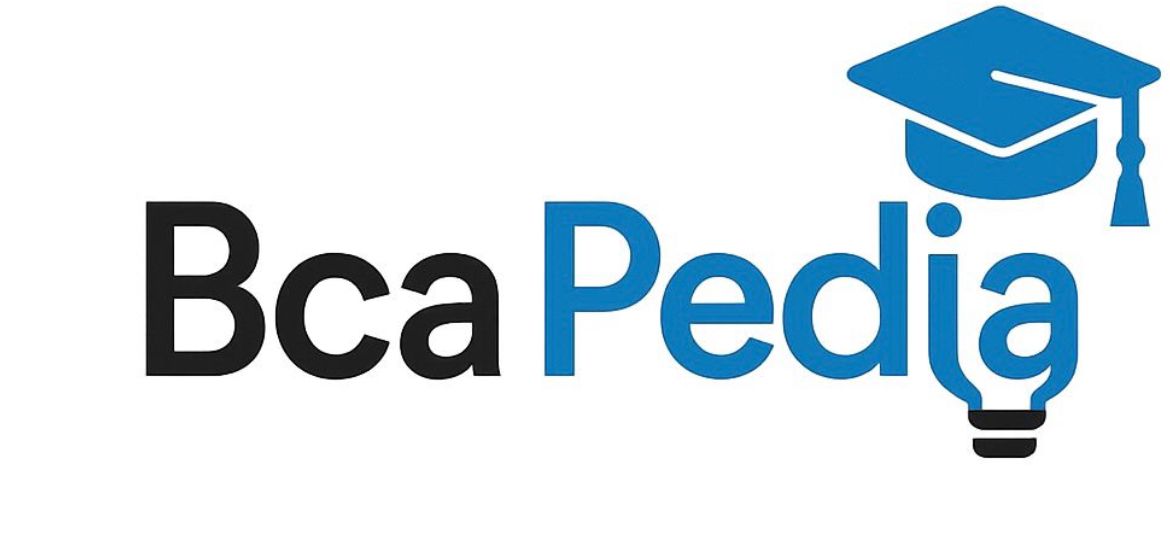What Makes a Team Effective?
What Makes a Team Effective? Unlocking the Secrets to High-Performance Collaboration

Why Some Teams Succeed—and Others Struggle
Ever been on a team that just clicked? Or one that fell apart despite everyone's talent? The difference lies in team effectiveness. It’s more than just assigning tasks—it’s about building trust, aligning goals, and managing group dynamics intentionally.
What Is Team Effectiveness?
Team effectiveness refers to how well a group works together to achieve common goals. A truly effective team doesn’t just complete work—it collaborates, innovates, and grows together. Members trust each other, communicate openly, and feel motivated to contribute.
Tuckman’s Stages of Team Development
In the 1960s, Bruce Tuckman introduced a widely used model for how teams evolve. Known as the Forming-Storming-Norming-Performing model, it outlines four stages (and a fifth, added later):
- Forming: Members get to know each other. Roles and goals are unclear.
- Storming: Conflicts arise as personalities clash and power dynamics emerge.
- Norming: Trust builds, roles become clearer, and collaboration improves.
- Performing: The team functions smoothly with high productivity and independence.
- Adjourning (added later): The team disbands after completing the task.
Knowing which stage your team is in helps guide the right interventions—whether that’s conflict resolution or clarity on expectations.
Team Roles: Everyone Has a Contribution
Meredith Belbin developed a model identifying 9 team roles people naturally adopt. Understanding these roles can improve collaboration and reduce role-related conflict.
- Plant: Creative innovator, often introverted
- Monitor Evaluator: Analytical, critical thinker
- Coordinator: Delegator and team leader
- Resource Investigator: Social and enthusiastic
- Shaper: Task-focused and driven
- Implementer: Practical and reliable
- Completer Finisher: Detail-oriented and perfectionist
- Teamworker: Harmonizer and empath
- Specialist: Brings niche knowledge
No one plays just one role all the time, but teams perform better when these roles are recognized and respected.
Common Dysfunctional Patterns in Teams
Even good teams can get stuck. According to Patrick Lencioni’s model, five common dysfunctions often appear:
- Absence of trust
- Fear of conflict
- Lack of commitment
- Avoidance of accountability
- Inattention to results
Addressing these issues directly can transform a struggling team into a thriving one.
How to Build an Effective Team
Here are some proven strategies to enhance team effectiveness:
- Clarify roles and goals: Avoid confusion by setting clear expectations.
- Encourage open communication: Create safe spaces for feedback.
- Foster psychological safety: Make it okay to ask questions and admit mistakes.
- Celebrate small wins: Recognition builds morale and momentum.
- Develop emotional intelligence: Teams with high EQ outperform others in problem-solving and collaboration.
Final Thoughts: Teamwork Is a Skill, Not Luck
Great teams aren’t born—they’re built. With the right tools, understanding, and intentional effort, any group can become more cohesive, productive, and fulfilled. When teams work well, individuals flourish too.
"Coming together is a beginning. Keeping together is progress. Working together is success." – Henry Ford




